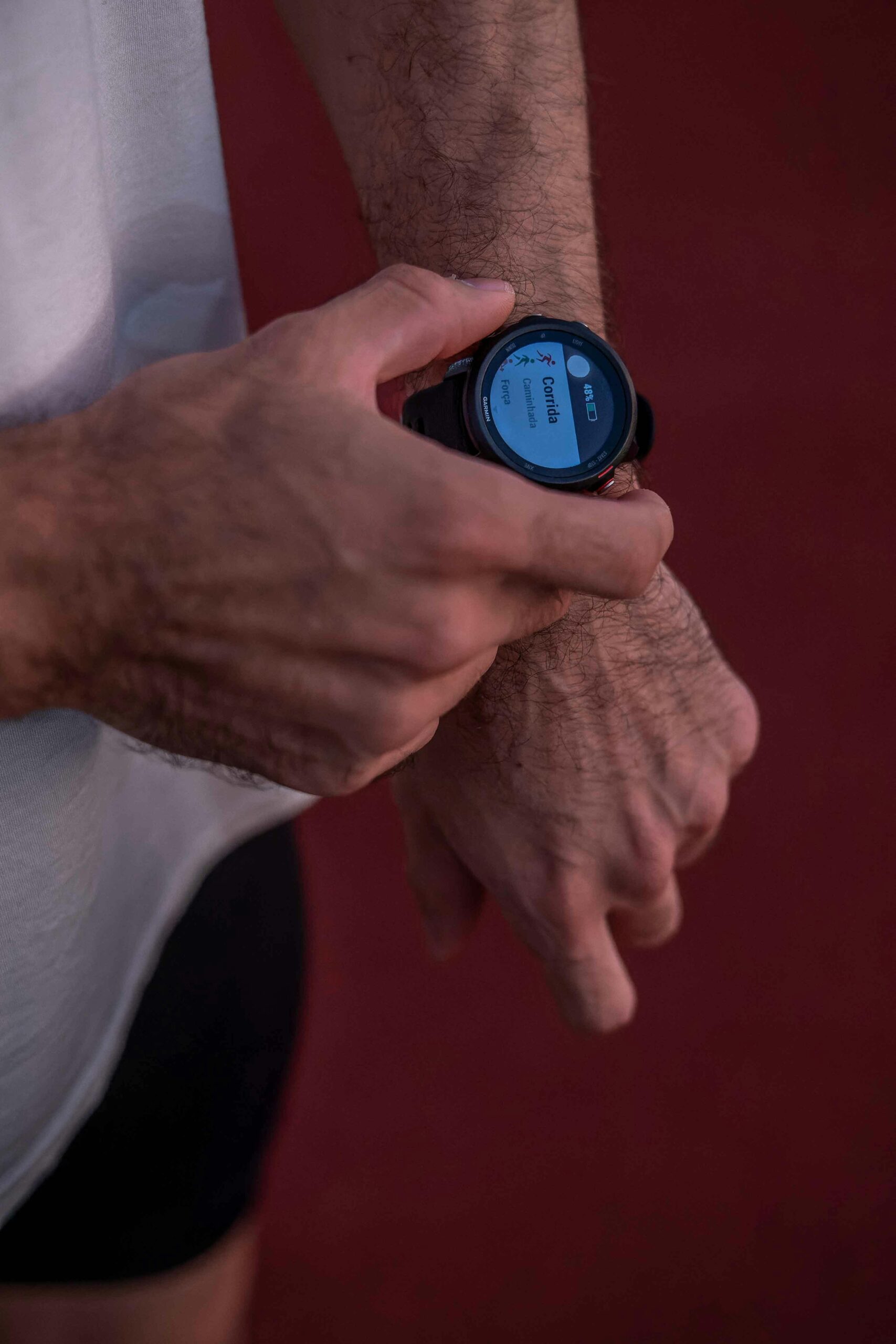Introduction to Heart Rate Variability Monitoring in Training
Monitoring Heart Rate Variability (HRV) has emerged as a powerful tool in athletic training and physical fitness optimization. HRV represents the variation in time intervals between heartbeats, offering deep insights into the autonomic nervous system’s regulation of cardiovascular function. Unlike traditional heart rate measures, HRV reflects the balance between the sympathetic and parasympathetic nervous systems, which can influence recovery, stress, and performance readiness. In recent years, athletes and coaches have leveraged HRV data to individualize training loads, prevent overtraining, and optimize recovery strategies. This article explores the physiological foundations of HRV, its significance in training, methods for accurate measurement, how to interpret HRV metrics, and practical applications for integrating HRV monitoring into training routines.
The Physiology Behind HRV and Its Training Relevance
HRV arises from the complex interplay between the sympathetic nervous system (SNS), which stimulates the “fight or flight” response, and the parasympathetic nervous system (PNS), which promotes “rest and digest.” High HRV typically indicates a strong parasympathetic influence, suggesting that the body is in a state of recovery and adaptability. Conversely, low HRV can reflect heightened sympathetic activity, signaling stress or fatigue. Athletes with better HRV profiles often demonstrate superior resilience and quicker recovery from physical exertion. Understanding these autonomic mechanisms is critical since systemic stress—whether physical, psychological, or environmental—impacts HRV and, by extension, performance and injury risk. In essence, HRV serves as a window into an athlete’s physiological readiness for training or competition.
Techniques and Tools for Monitoring HRV
Accurate HRV measurement requires precise detection of heartbeat intervals, typically captured as R-R intervals from electrocardiogram (ECG) signals or advanced photoplethysmography (PPG) sensors in wearable devices. Traditional clinical-grade ECG monitors provide the most accurate data, but modern technology has democratized access via smartwatches, chest straps, and smartphone apps. These devices analyze time-domain indices (like the root mean square of successive differences – RMSSD), frequency-domain indices, or nonlinear metrics to quantify HRV. Consistency in timing—measuring HRV either upon awakening or during rest—is critical to reduce confounding factors. Users must also control for variables like alcohol intake, hydration, and sleep quality to ensure reliable readings.
Interpreting HRV Data for Enhanced Training Decisions
Individual baseline HRV values vary considerably, making longitudinal tracking essential for meaningful interpretation. A sudden decrease in HRV can indicate accumulated fatigue, illness, or insufficient recovery, hinting that an athlete may need to reduce training intensity or increase rest. Conversely, stable or improving HRV trends usually signal readiness for more intense sessions or competitive events. However, interpreting HRV must consider other contextual information such as subjective fatigue ratings, training logs, and nutrition. Blindly reacting to HRV fluctuations without this holistic view may lead to inappropriate training adjustments. Thus, HRV should be integrated as one of several tools in an athlete’s monitoring arsenal.
Practical Applications: Incorporating HRV Monitoring into Training Regimens
HRV monitoring enables more personalized and adaptive training plans. Coaches and athletes can use HRV to tailor daily training loads, schedule recovery days, and prevent overtraining syndrome. For example, on low HRV days, the plan might emphasize active recovery, light aerobic work, or mobility exercises instead of high-intensity efforts. Moreover, HRV monitoring facilitates early detection of stressors not visible through conventional markers, such as illness onset or psychological strain. Over time, this fosters a proactive approach, reducing injury risk and enhancing performance gains. Coupling HRV data with wearable technology and software platforms enhances real-time decision-making and detailed progress analytics.
Future Directions and Challenges in HRV-Based Training
As wearable technology advances and artificial intelligence integrates deeper into sports science, HRV monitoring is poised to become even more sophisticated and accessible. Emerging algorithms may offer predictive insights, automatically adjusting training recommendations based on subtle HRV and physiological trends. Nonetheless, challenges remain, including the need for standardized measurement protocols, device calibration, and accounting for individual variability across populations and sports disciplines. Education for coaches and athletes about interpreting and applying HRV data responsibly is essential to maximize benefits without over-reliance or misinterpretation. Ultimately, HRV monitoring represents a promising frontier in optimizing human performance through personalized, data-driven training.
Tracking Heart Rate Variability offers a nuanced perspective on an athlete’s physiological state that transcends traditional heart rate monitoring. By understanding the autonomic signals behind HRV, utilizing precise measurement tools, and interpreting data within a broader context, athletes can make informed decisions to optimize training intensity and recovery. Practical integration of HRV measurement fosters individualized programming that reduces injury risk and enhances performance outcomes. Despite technological and interpretative challenges, ongoing innovations and increased awareness promise to embed HRV monitoring as a staple in performance science. For athletes and coaches committed to evidence-based strategies, HRV offers a pathway to training smarter, not just harder.
